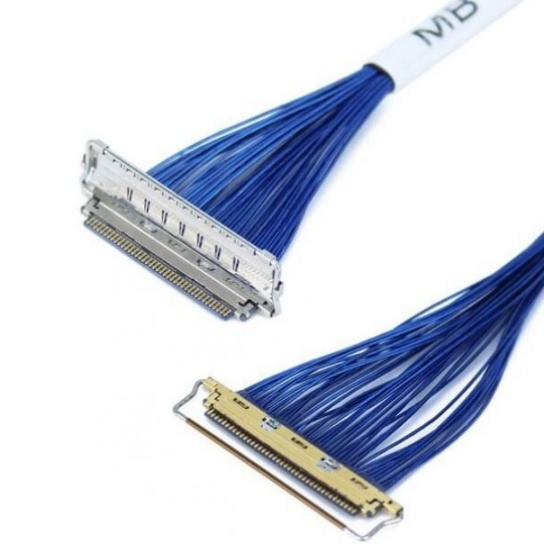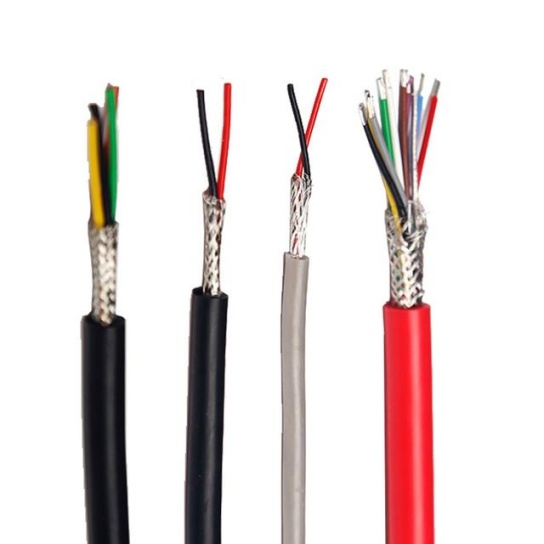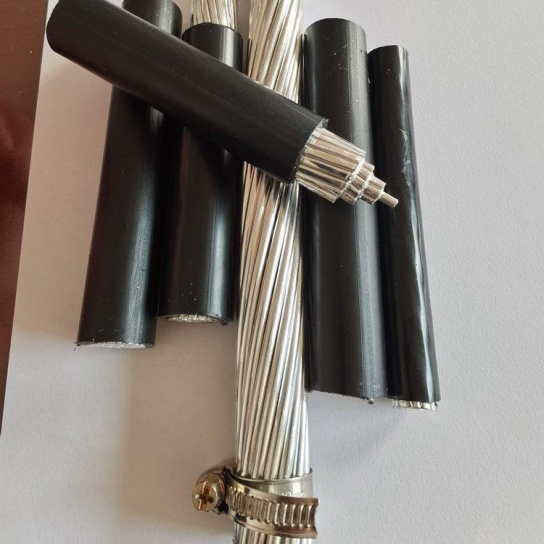Aviation Cables: The Unsung Heroes Powering Electric Flight
The dream of clean, quiet electric aircraft (eAircraft) is rapidly taking flight. While batteries and motors often steal the spotlight, there’s a critical component silently enabling this revolution: aviation cables. These aren’t your ordinary wires; they are the lifelines, the nervous system, and the power highways of the next generation of aircraft. Understanding their role is key to appreciating the engineering marvel of electric flight.
Why Aviation Cables Are Mission-Critical in eAircraft
Electric aircraft fundamentally change how power is distributed. Instead of fuel lines feeding jet engines or piston-driven propellers, we have high-voltage cables carrying electricity from batteries to powerful electric motors, inverters, and sophisticated control systems. This shift creates unique demands:
- The Weight Watchers: Every gram counts in aviation. Electric aircraft, especially those aiming for longer ranges, are in a constant battle against weight to maximize battery efficiency. Lightweight cables are non-negotiable. Traditional copper, while highly conductive, is heavy. This drives innovation towards:
- Advanced Conductors: Using smaller gauge high-strength copper alloys or exploring aluminum (where weight savings outweigh the slightly lower conductivity, often requiring larger cross-sections).
- Innovative Insulation: New, thinner, lighter insulation materials that maintain or exceed the performance of traditional options like Teflon or Kapton.
- Optimized Harnessing: Smarter routing, minimizing excess length, and using lighter-weight connectors and support structures.
- High Voltage, High Stakes: To efficiently transmit the large amounts of power needed for flight while minimizing current (and thus cable weight/thickness), eAircraft operate at significantly higher voltages than traditional aircraft – often in the 300V to 900V+ range, compared to the typical 28V DC systems. This demands:
- Enhanced Insulation: Cables must have superior dielectric strength to prevent arcing or breakdown at these high voltages, especially in the thin air at altitude.
- Strict Safety Standards: Robust designs and manufacturing processes are essential to ensure absolute reliability. A single cable failure can be catastrophic.
- EMI/RFI Shielding: High-power switching in motors and inverters generates significant electromagnetic interference (EMI). Cables need excellent shielding to prevent this noise from disrupting sensitive avionics and communication systems (Electromagnetic Compatibility – EMC).
- Heat is the Enemy: High currents (even at higher voltages) and power densities generate heat. Efficient thermal management is crucial:
- Cable Design: Materials must withstand higher operating temperatures without degrading insulation or conductivity.
- Installation: Cables need adequate spacing and ventilation to dissipate heat effectively. Routing away from other heat sources is vital.
- Cooling Integration: In some advanced designs, cable bundles might even be integrated into the aircraft’s cooling loops.
- The Need for Speed (Data): Modern eAircraft are packed with sensors and complex control systems. Alongside high-power cables, a dense network of high-speed data cables is required for:
- Flight Control Systems: Transmitting commands instantly and reliably.
- Battery Management Systems (BMS): Constantly monitoring the health, state-of-charge, and temperature of thousands of battery cells.
- Sensor Networks: Gathering data on motor performance, temperature, vibration, and more.
- Aircraft Health Monitoring: Providing real-time diagnostics. These data cables require high bandwidth, low latency, and exceptional noise immunity.
Beyond the Basics: The Future of eAircraft Cabling
The evolution continues:
- Integrated Power & Data: Concepts like Power-over-Data-Line (PoDL) or combined power-data harnesses are being explored to further reduce weight and complexity.
- Smart Cables: Embedding sensors within cables to monitor their own health (temperature, strain, potential insulation degradation) for predictive maintenance.
- Advanced Materials: Continued research into superconductors (though currently impractical for aviation temperatures), carbon nanotube wires, and even lighter, stronger insulation.
Conclusion: Wiring the Future of Flight
Aviation cables are far more than just wires; they are a critical enabling technology for electric aircraft. Their performance directly impacts the safety, efficiency, weight, range, and reliability of these revolutionary machines. The push for lighter, more robust, higher-voltage, and smarter cabling solutions is driving significant innovation in materials science and manufacturing. As electric aviation continues its ascent, the humble cable will remain an indispensable, high-tech component powering the silent revolution in the skies. Understanding their importance is key to appreciating the intricate engineering behind the future of flight.






